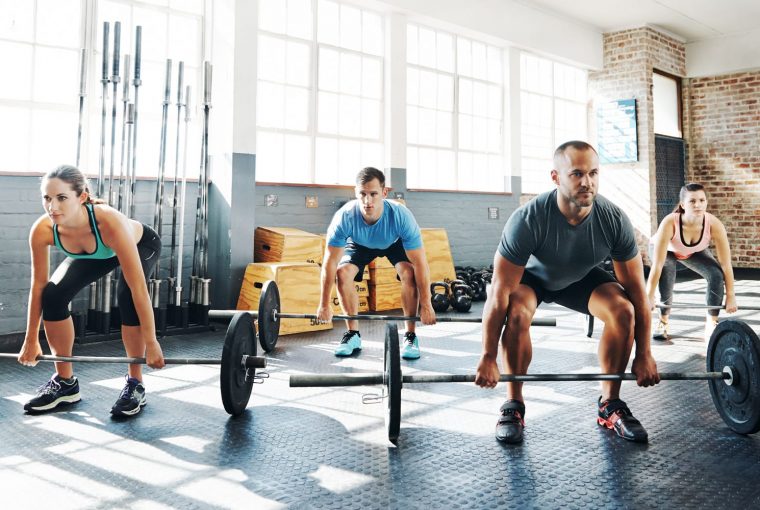Working out is like learning. We see new stuff and we learn new stuff. Unlike learning in school. We learn through our personal customer experience. We usually have to test out whether a training style or technique is helpful. Some information we gathered does not even make sense. We benefit from our mistakes. That is what learning is. Here are some mistakes I tested out during my weight lift journey so that you won’t do it again. Gaining from other’s mistakes is also a way of learning.
Progressive overload means blindly adding weight.
When we are doing strength training or hypertrophy training. We were told we have to progressively overload. Which means increase the training intensity. Most people would easily misinterpret this as increasing weight. So do i. I wasn’t paying attention to my techniques at all. All I was thinking about was increasing weight. The result is I didn’t target the muscle I want to build. For example, I grew enormous traps by doing lateral dumbbell fly because the weight is so heavy that I was literally doing shrug. Also, due to bad bench press technique. I injured my wrist. Remember this. Always perfect your technique before going heavy. Ego lifting will not benefit you in the long turn. In contrast, it will eat away your gains by ruining your joints or causing muscle imbalance. So how do we safely pregressive overload? We can simply slow down during the eccentric phase. Adding more reps. Decrease rest intervals. We only move up the weight after we can fully control the current weight.
Doing a full bro split.
My schedule when i was a beginner is. Monday chest, Tuesday back, wednesday shoulder, thursday arms, friday abbs. No legs. I’m not saying bro split won’t make you grow. In contrast, I saw significant change at the beginning. But you will hit a plateau really soon if you do this in the long run. The reason why bro split is not an optimal plan for muscle hypertrophy is you sacrifice frequency by following it. Ideal training frequency for each body part is two times per week. Our recovery rate is much faster than we thought. But if you don’t have time to train more than one body part per day. Make sure to totally roast that one body part. Or frequently adjust your plan (every 8-12 weeks). You can add some movement, change some movement or change the training order of each body part. Changing your workout can rebuild your muscle mind connection so that they won’t get used to current intensity and stop growing.
I need a calorie surplus to grow muscles.
This isn’t a wrong statement. It highly depends on the individual’s situation. If a person is underweight and trying to gain muscles. Caloric surplus could be really helpful. If a person is obesse. He can still grow muscles fast in a caloric deficit. For the majority of “normal” weight people. We can grow muscle in a caloric maintenance or deficit. Ideal muscle growing body fat is around 15% percent. In a huge surplus sure makes you feel strong and it gives you an illusion of gaining more muscle. However, when you cut down. After you lose those glycogen stored in muscle and fats between muscle and skin. You find out you become significantly smaller than the peak of your bulking. In the end, “maingain” and “bulk cut” reach the same muscle mass at the same time. Also, there is another concern of dirty bulk. Which is your health. When a normal person is at a huge caloric deficit. His body fat will inevitably rise. His blood cholesterol level will likely be affected. His cardiovascular fitness level will highly likely decrease since the extra layers of fat surrounding his rib cage makes it hard to expand. For some people, too much meat intake can cause hyperuricemia. Which can lead to gout. Though this is highly genetic dependent. You don’t know if you will get it until you get it. Why take the unnecessary risk?
Putting on protective gear because I want to lift heavier weights.
This is the most fatal mistake most beginners make. You have to clearly distinguish each gear’s function. For example, knee wraps, elbow wraps and elbow sleeves can help us lift heavier. But knee sleeves cannot. They only increase blood flow around our joints and compress our joints to add more stability. Though they feel really tight. They don’t provide extra (no significant amount) extension force. If you can only squat 200 pounds without knee sleeves. Then don’t go over 200 pounds with knee sleeves. Also, if your joint experiences pain. Don’t use wraps or sleeves to cover it up. Those equipment won’t fix your joint pain. You should rest and recover.
Written by: Jieyuan Liu – NAIT PFT student




